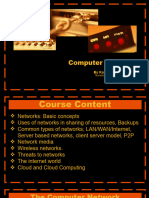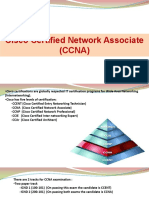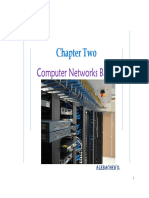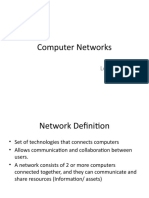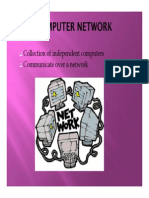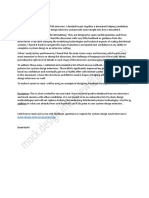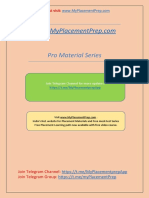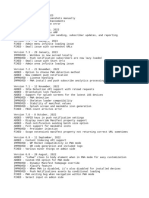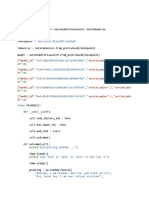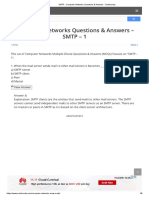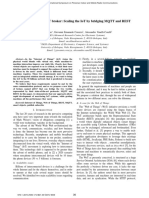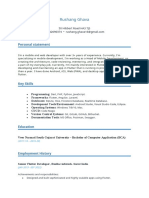0% found this document useful (0 votes)
28 views62 pagesChapter 2-Multimedia Network
Chapter 2 discusses the fundamentals of multimedia networks, emphasizing their importance in modern computing and the growing need for multimedia communications. It outlines various types of computer networks, including LAN, WLAN, WAN, and MAN, as well as network topologies and protocols like TCP and IP. Additionally, it explores push and pull technologies in social networking, highlighting their advantages and disadvantages.
Uploaded by
irfan zaidyCopyright
© © All Rights Reserved
We take content rights seriously. If you suspect this is your content, claim it here.
Available Formats
Download as PDF, TXT or read online on Scribd
0% found this document useful (0 votes)
28 views62 pagesChapter 2-Multimedia Network
Chapter 2 discusses the fundamentals of multimedia networks, emphasizing their importance in modern computing and the growing need for multimedia communications. It outlines various types of computer networks, including LAN, WLAN, WAN, and MAN, as well as network topologies and protocols like TCP and IP. Additionally, it explores push and pull technologies in social networking, highlighting their advantages and disadvantages.
Uploaded by
irfan zaidyCopyright
© © All Rights Reserved
We take content rights seriously. If you suspect this is your content, claim it here.
Available Formats
Download as PDF, TXT or read online on Scribd
/ 62




